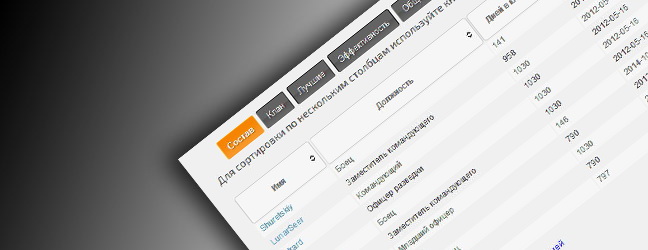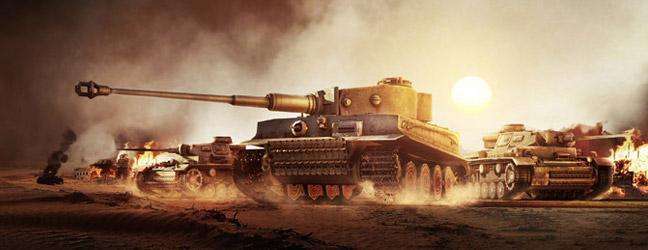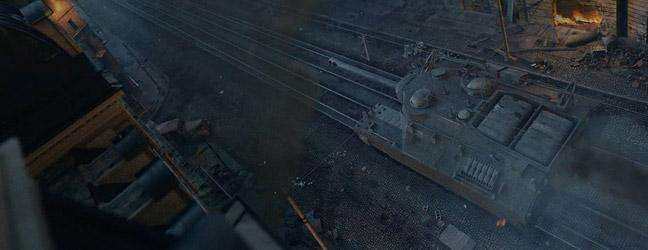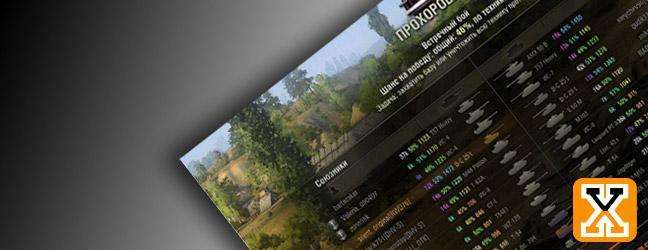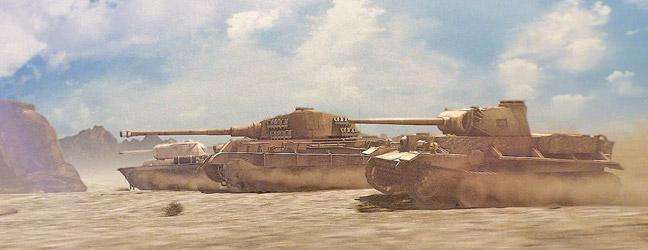Lanchester's Laws and One-Sided Battles
Дата: 03.10.2019 23:29:05
 umkhulu, on Oct 03 2019 - 09:27, said: From Wikipedia *** quote *** With firearms engaging each other
directly with aimed shooting from a distance, they can attack
multiple targets and can receive fire from multiple directions. The
rate of attrition now depends only on the number of weapons
shooting. Lanchester determined that the power of such a force is
proportional not to the number of units it has, but to the square of the number of units. This is known as
Lanchester's square law. More precisely, the law specifies the
casualties a shooting force will inflict over a period of time,
relative to those inflicted by the opposing force. In its basic
form, the law is only useful to predict outcomes and casualties by
attrition. It does not apply to whole armies, where tactical
deployment means not all troops will be engaged all the time. It
only works where each unit (soldier, ship, etc.) can kill only one
equivalent unit at a time. For this reason, the law does not apply
to machine guns, artillery, or nuclear weapons. The law requires an
assumption that casualties accumulate over time: it does not work
in situations in which opposing troops kill each other instantly,
either by shooting simultaneously or by one side getting off the
first shot and inflicting multiple casualties. Note that
Lanchester's square law does not apply to technological force, only
numerical force; so it requires an N-squared-fold increase in
quality to compensate for an N-fold decrease in quantity. *** quote
*** From the above, One cans see that Lanchester's Law does
NOT apply when.... i. Teams split up to cover both flanks, TD's
hide in bushes and lights push forward to scout. This happens in
just about EVERY game. ii. Does not work when arty is able to
splash or even kill multiple vehicles. Most battles include arty.
iii. Tanks are ammo-racked and explode with one shot. iv. OP tanks,
multi-skilled commanders,gold ammo and elite players all contribute
towards a technological advantage which is precluded by
Lanchester's Law. With all the above exclusions, it is clear
that Lanchester's Law, even in it's vaguest form, does NOT apply to
WoT and we should face up to the fact that stacked teams are the
major cause of blow-outs.
umkhulu, on Oct 03 2019 - 09:27, said: From Wikipedia *** quote *** With firearms engaging each other
directly with aimed shooting from a distance, they can attack
multiple targets and can receive fire from multiple directions. The
rate of attrition now depends only on the number of weapons
shooting. Lanchester determined that the power of such a force is
proportional not to the number of units it has, but to the square of the number of units. This is known as
Lanchester's square law. More precisely, the law specifies the
casualties a shooting force will inflict over a period of time,
relative to those inflicted by the opposing force. In its basic
form, the law is only useful to predict outcomes and casualties by
attrition. It does not apply to whole armies, where tactical
deployment means not all troops will be engaged all the time. It
only works where each unit (soldier, ship, etc.) can kill only one
equivalent unit at a time. For this reason, the law does not apply
to machine guns, artillery, or nuclear weapons. The law requires an
assumption that casualties accumulate over time: it does not work
in situations in which opposing troops kill each other instantly,
either by shooting simultaneously or by one side getting off the
first shot and inflicting multiple casualties. Note that
Lanchester's square law does not apply to technological force, only
numerical force; so it requires an N-squared-fold increase in
quality to compensate for an N-fold decrease in quantity. *** quote
*** From the above, One cans see that Lanchester's Law does
NOT apply when.... i. Teams split up to cover both flanks, TD's
hide in bushes and lights push forward to scout. This happens in
just about EVERY game. ii. Does not work when arty is able to
splash or even kill multiple vehicles. Most battles include arty.
iii. Tanks are ammo-racked and explode with one shot. iv. OP tanks,
multi-skilled commanders,gold ammo and elite players all contribute
towards a technological advantage which is precluded by
Lanchester's Law. With all the above exclusions, it is clear
that Lanchester's Law, even in it's vaguest form, does NOT apply to
WoT and we should face up to the fact that stacked teams are the
major cause of blow-outs. The_Chieftain: i. Yes, but as the link in the last quotation observes, there
are usually various small fights scattered around the map. Three v
Three, Four v Four and so on. Or, if one team is switched on, four
v three or three v one. The principle remains valid, and it is why
platoons of meds are normally feared: They normally work
together.ii. Why not? Over a century ago, people realised you did
not have to mass personnel in order to mass firepower. The whole
point about the square law is that it is -ranged-. An
artillery piece which is weighing in on one of those small fights
is still a "+1" to the number of vehicles doing combat, every bit
as much as a TD 400m behind the line or a heavy tank right around
the corner from the enemy. And, of course, both sides have
artillery.iii. True, and there's no accounting for such vagaries.
On the other hand, it's not as if it happens every time either, so
for most purposes, this can be discarded. For planning/general
principles, one can ignore this. If you fight 100 battles the same
way, using the same tactics, on average, are you better or worse
off? That's the best you can look for.iv. No, they simply add to
the relative weight of fire. Just as an M48 will add more than a
Type 59, a tooled up Leopard 1 will add more than a stock Leopard
1. It is not necessary to calculate specific values in order to
understand that the cumulative effect of all fires being placed is
what counts against the cumulative force facing. A BT-7 might be
enough to tip the difference between a tooled-up T110E4 on the
enemy team and a stock one on the near team.
 FrontenacDuVandoo, on Oct 03 2019 - 09:31, said: But the firepower of a tank depends a lot on the quality of
the player. Both in terms of skills, and in terms of tank stats via
crew skill, consumables, ammo usage, and equipment. In random
battles there can be a huge variance between 2 tanks of the same
model once you factor all these things. Deleting a gun is
important, but I think it's incorrect to say that there is an
equivalency of firepower in WoT.
FrontenacDuVandoo, on Oct 03 2019 - 09:31, said: But the firepower of a tank depends a lot on the quality of
the player. Both in terms of skills, and in terms of tank stats via
crew skill, consumables, ammo usage, and equipment. In random
battles there can be a huge variance between 2 tanks of the same
model once you factor all these things. Deleting a gun is
important, but I think it's incorrect to say that there is an
equivalency of firepower in WoT.The_Chieftain: Yes, but why would you focus on 1 v 1 duels? You should not
be fighting on your own, you should be working as a group,
preferably one which outnumbers the opposition. Plus as more
vehicles get involved, the less important the relative superiority
of a single vehicle becomes. Otherwise, whichever team has the best
player in the best vehicle will always win. Obviously, that does
not necessarily happen.
 Flarvin, on Oct 03 2019 - 08:41, said: This. The link below demonstrates how this
works in WoT. http://forum-console.worldoftanks.com/index.php?/topic/52501-the-ruthless-math-of-wot/
Flarvin, on Oct 03 2019 - 08:41, said: This. The link below demonstrates how this
works in WoT. http://forum-console.worldoftanks.com/index.php?/topic/52501-the-ruthless-math-of-wot/The_Chieftain: An excellent link, and I actually use a very similar "after X
many salvos" example in my video.
Lanchester's Laws and One-Sided Battles



